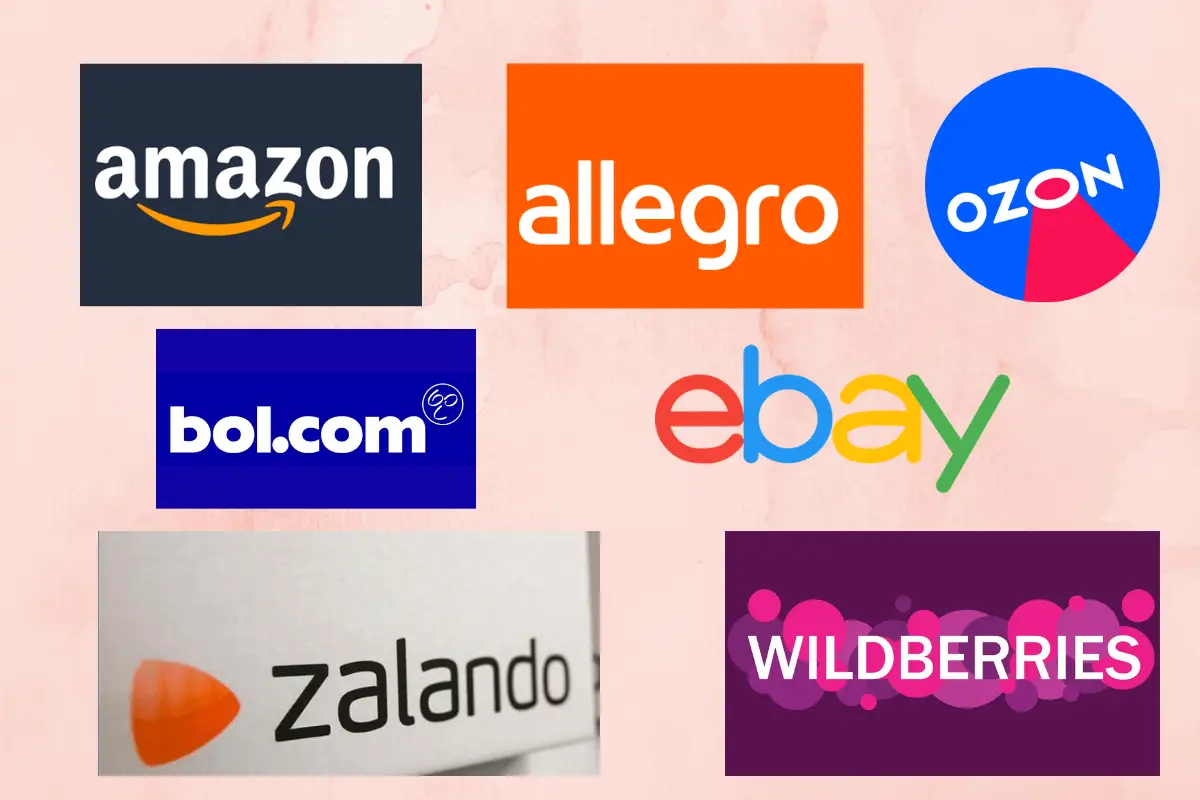Digital transformation has completely changed the structure of consumer behavior. By 2025, virtual shopping has become established as the basic consumption model. In this context, the practical question arises: is it worth investing in online stores if the market seems saturated and the competition is excessive? The answer requires not assumptions, but a clear analysis based on demand structure, expenses, business models, and profitability.
Market perspective: is it worth investing in online stores
The development of online retail is moving not in breadth, but in depth. Expansion no longer means launching dozens of new formats, but implies improving operational efficiency, customization to demand, and data management. According to the trend estimate, the volume of the global online segment exceeded 6.5 trillion dollars by 2025. The main growth came not from hypermarkets, but from niche virtual stores focusing on segmented requests. Therefore, the question of whether to invest in online stores requires consideration of specificity: a narrow niche often brings more profit than mass coverage.

70% of the audience makes regular purchases online. The average check and frequency increase due to personalization, convenience, loyalty programs. In such conditions, digital commerce becomes one of the usual investment tools alongside bonds and stocks.
Financial aspect: startup costs and return on investment
To understand whether it is worth investing in online stores, one needs to weigh the structure of startup costs and payback periods.
Main expense items:
-
website and mobile version development — from 100,000 to 500,000 rubles;
-
CRM, warehouse and logistics integration — up to 150,000 rubles;
-
advertising budget for launch — from 200,000 rubles;
-
purchase of the first batch of goods — 300,000–1,000,000 rubles;
-
licenses, certification, taxes — from 50,000 rubles.
Total investments on average start from 800,000 rubles. But with a precisely selected niche, the payback period is 8–14 months. Net margin on goods ranges from 10% to 40%, depending on the category. The highest profitability is demonstrated by brands with exclusive supply, limited production, or high LTV (customer lifetime value).
Demand, competition, and niche selection
The mass launch of online stores has led to increased competition, especially in segments such as clothing, electronics, and children’s goods.
Key criteria for choosing a niche:
-
high customer LTV;
-
sales repeatability;
-
low return rate;
-
clear target audience;
-
limited number of major competitors.
What is profitable to sell in an online store
In 2025, the following are of interest:
-
personalized products (engraving, custom design);
-
healthy food and eco-products;
-
products from local manufacturers;
-
digital goods and subscription models;
-
educational and developmental products.
Platform or standalone project: where to invest
Two key formats coexist in the market: marketplaces and independent businesses. Before investing, it is necessary to determine which will yield the best results.
Advantages of a marketplace:
-
ready-made audience;
-
simplified logistics;
-
process automation.
Disadvantages:
-
high commissions (up to 20–30%);
-
difficulties with personalization;
-
lack of control over the customer base.
Independent online store
This format allows for building a brand, managing customer experience, accumulating own data, and launching flexible marketing campaigns. However, it requires higher investments and competencies.
Promotion and scaling: how to ensure the growth of an online store
After launching, any online store enters a stage of active competition. To prevent investments from depreciating, the business requires constant scaling through advertising, audience retention, and systematic analytics. Promotion specifically determines whether it is worth investing in online stores — the return on investment directly depends on the ability to generate a stable flow of orders.
The digital environment offers dozens of audience acquisition channels. The most effective ones are:
-
Contextual advertising (Google Ads, Yandex Direct) — suitable for quick sales and niche testing.
-
SEO promotion — brings stable organic traffic at a low cost per click.
-
SMM — contributes to brand formation and direct sales through social networks.
-
Email and messenger marketing — allows building trust and increasing LTV.
-
CPA networks and affiliate programs — expand reach without direct advertising costs.
-
Marketing funnels and auto funnels — automate the sales cycle from first touch to repeat order.
Analytics systems and data management
Promotion is impossible without tracking and adjustment. Using end-to-end analytics, CRM, and accounting systems allows monitoring the real effectiveness of channels. Investors receive transparent indicators: average cost of acquisition, conversion, ROI, dynamics of repeat orders.
Risks: business realities in 2025
Even the most carefully planned project faces external and internal risks. To accurately answer whether it is worth investing in online stores, it is necessary to weigh potential threats and ways to minimize them.
Key risks of investing in online stores:
-
overheated market — high competition reduces margins and increases customer acquisition costs;
-
logistics changes — warehouse delays, supply instability, rising delivery costs;
-
dependence on advertising platforms — updates to Google, Meta algorithms, marketplaces can nullify traffic;
-
staffing challenges — lack of qualified specialists in niche areas (analytics, performance marketing, procurement);
-
legal and tax changes — transition to new taxation, advertising regulations, requirements for personal data.
How to minimize risks:
-
focus on branding, not just products;
-
automate logistics and storage through outsourcing;
-
simplify user experience (UX/UI);
-
build a financial model considering worst-case scenarios;
-
use multi-channel strategies and test hypotheses;

-
maintain a “financial cushion” equivalent to 3–6 months of operational expenses.
So, is it worth investing in online stores?
Online trading in 2025 has solidified its status as a mature, systematic investment direction. Despite saturation and growing competition, the market maintains high growth dynamics and offers flexible development scenarios. Direct management, transparent economy, scalability, diversification opportunities, and model flexibility are key arguments in favor of investments. Is it worth investing in online stores? Yes, with a smart approach. Success will be ensured by systematic planning, analytics, sustainable positioning, and adaptation to market changes.
 en
en  ru
ru  de
de  ar
ar  es
es  hi
hi  fr
fr  nl
nl  it
it  pt
pt  el
el 










